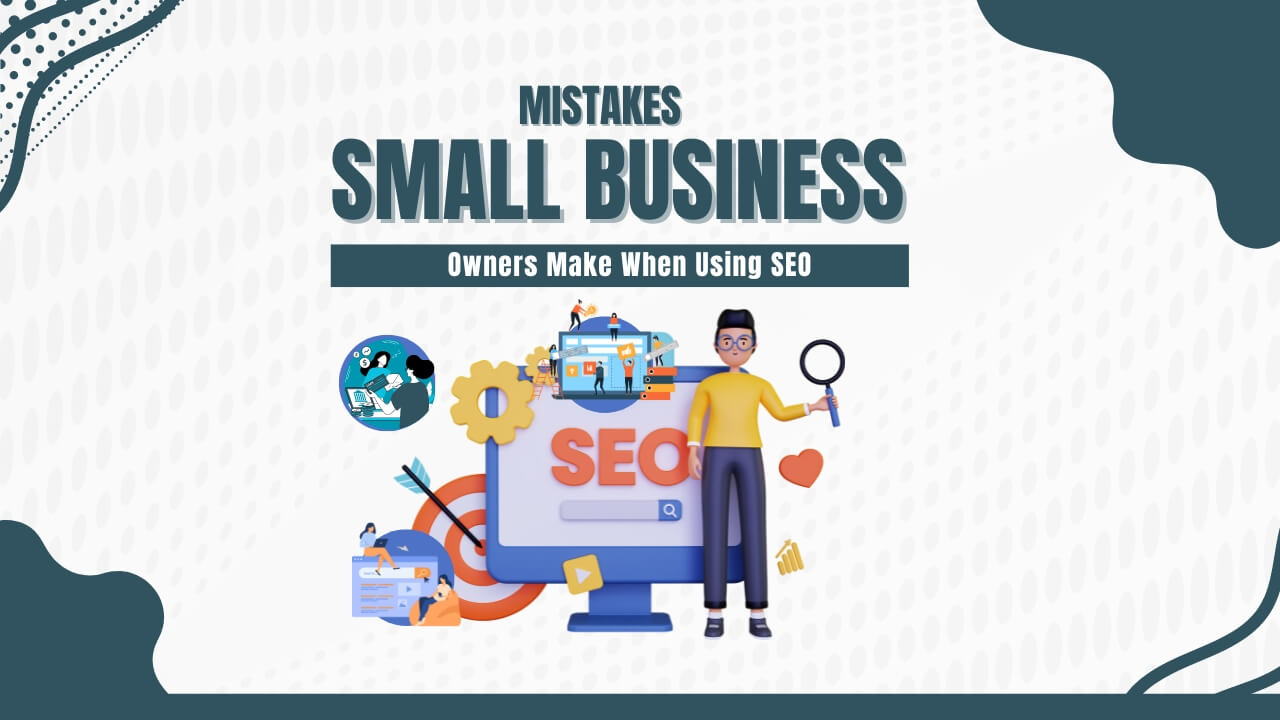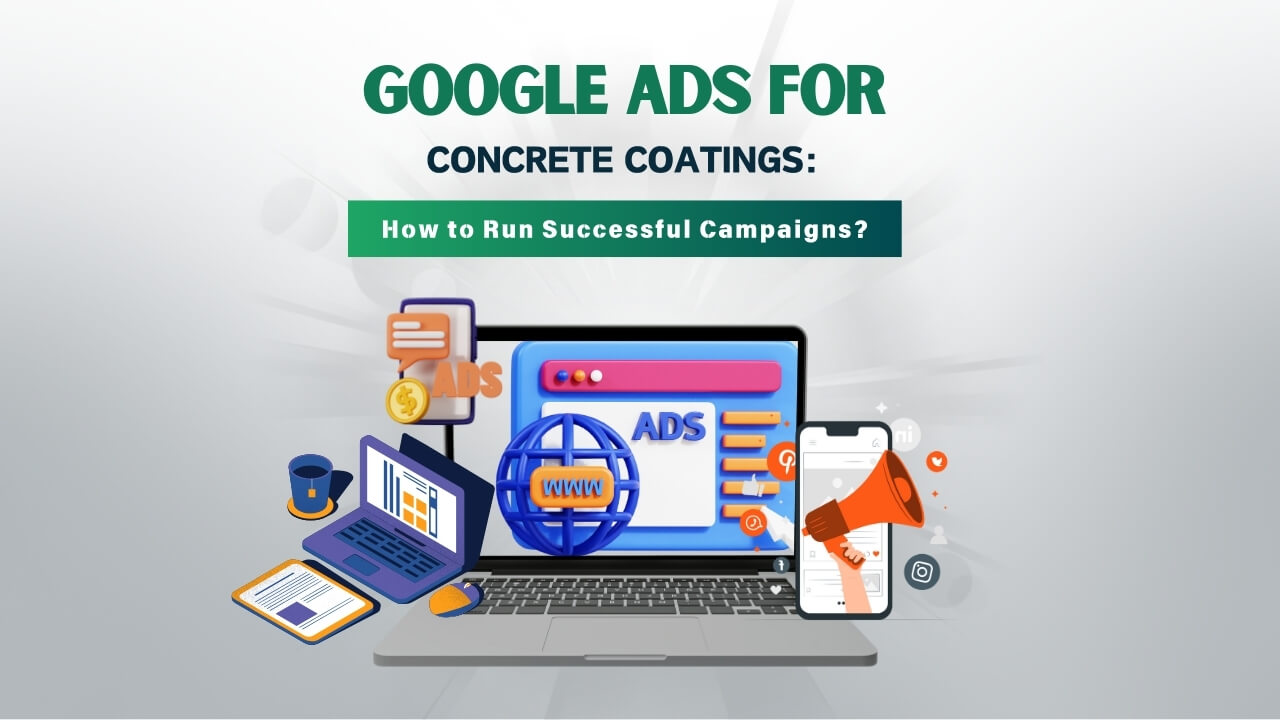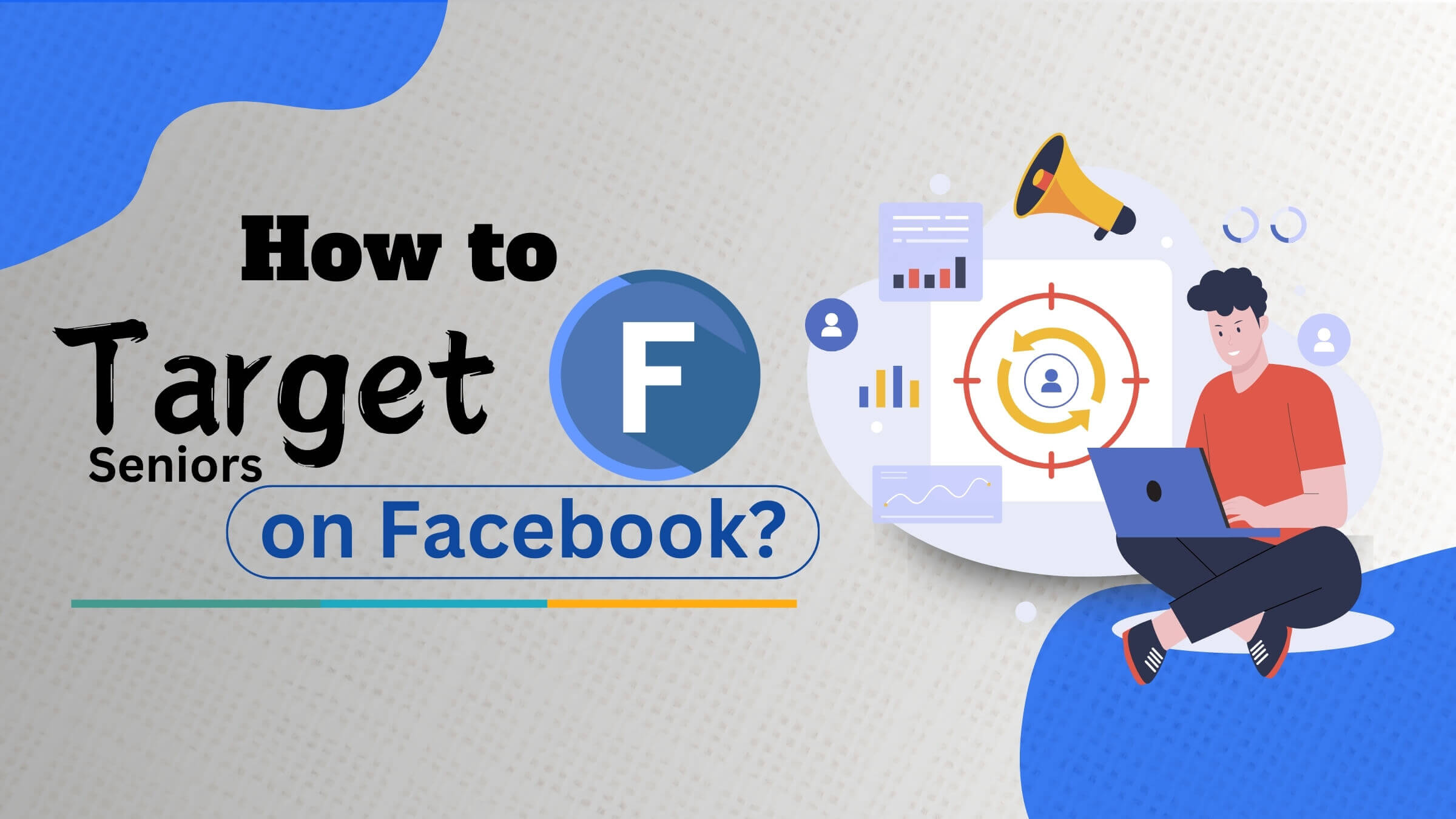In this ever evolving digital advertising landscape, marketers are constantly in the hunt of platforms that not only provide broad reach but also precise targeting and robust analytics.
With a number of options at their disposal, choosing the right platform is very important to efficiently influence the success of marketing campaigns.
Among the many, Google Ads and Unity Ads are two of the most powerful contenders, each has its own unique strengths and specialized focus areas. Google Ads, is mainly known for its wide range of network across search, display, and video, offering unmatchable visibility and versatility.
On the other hand, Unity Ads presents a niche yet impactful opportunity, mainly specialized in immersive ad experiences within mobile games and mobile applications.
This comparative analysis of “Google Ads vs Unity Ads” mainly aims to equip marketers with some valuable insights, dissecting each platform’s features, targeting capabilities, ad formats, and analytical tools to make an informed decision in their digital marketing strategy.
What Are Google Ads?
Google Ads is one of the major cornerstones of digital advertising, which enables marketers to reach potential customers effectively across a wide range of Google Network, which mainly includes search results, partner websites, and YouTube videos.
This platform offers a versatility of ad formats such as search ads, display ads, video ads, and shopping ads, effectively catering a wide range of marketing objectives from brand awareness to direct sales.
Key Features and Benefits for Marketers:
- Extensive Reach: It mainly leverages google’s extensive search and display network to effectively reach over 90% of the website users.
- Advanced Targeting: Google Ads do provide detailed targeting options which can be mainly based on the demographics, interests, search behaviors, and more, enabling precision in reaching targeted audience.
- Performance Analytics: it does offer access to comprehensive analytics and reporting tools, offering deep and valuable insights of the ad performance, audience behavior, and conversion tracking.
- Flexible Budgeting: Google Ads as you know operate on a pay-per-click (PPC) model, allowing for budget flexibility and control over spending based on the performance of the Ad.
What Are Unity Ads?
Unity Ads is extremely specialized in immersive advertising experiences through the Unity gaming and app development platform. It is effectively tailored for marketers who are aiming to engage more and more users within mobile games and apps, providing non-intrusive ad formats that enhance user experience and can easily drive more and more engagement and conversion.
Key Features and Benefits for Marketers:
- Targeted Game Audience: it can effectively reach a dedicated audience of mobile game enthusiasts, leveraging Unity’s extensive network of games and apps.
- Engaging Ad Formats: Marketers can effectively utilize interactive and rewarded video ads to effectively capture the audience attention and encourage engagement in a non-disruptive manner.
- High Engagement Rates: Benefit from higher engagement and conversion rates typical of in-game advertising, where users are more receptive to ads.
- Developer-Friendly Integration: Unity Ads do offers seamless integration for developers, ensuring ads that complements the gaming experience without detracting from gameplay.
Target Audience and Ad Reach
When comparing Google Ads and Unity Ads, understanding their respective audience reach and targeting capabilities is very important for the marketers.
Google Ads provides access to a diverse and wide range of audience across various online touchpoints, making it ideal for broad-reach campaigns and to effectively target the users across various stages of the buying process.
In contrast, Unity Ads offers a more niche but highly engaged audience of mobile gamers, presenting an opportunity for marketers to create an opportunity in the gaming market with targeted, immersive advertising.
Google Ads’ Audience and Reach:
- It offers Broad demographic reach across age, interests, and behaviors.
- Google ads is mainly known for its Global presence, reaching users across different countries and languages.
- It is Ideal for B2C and B2B marketing campaigns with diverse audience segments.
Unity Ads’ Audience and Reach:
- Unity Ads mainly focuses on mobile gamers and app users, providing a concentrated audience with specific interests.
- It does have higher engagement potential, especially for products or services which are related to gaming and mobile applications.
- It is very well suited for brands which are looking to create immersive experiences and connect with users in a gaming context.
Ad Formats and Customization
Google Ads and Unity Ads, both do offer a variety of ads formats each with its own set of customization options to effectively cater different marketing objectives. Understanding these Ads formats is very crucial to create effective advertising campaigns.
Google Ads’ Formats:
- Search Ads: These are mainly text based ads that mainly appear on the Google search result pages. These Ads are highly effective to capture the high-intent users who are actively searching for the related product and services.
- Display Ads: Visual ads are mainly those Ads that appear on Google’s Display Network, including over two million websites and apps. These ads can be easily customized with images, interactive elements, and even animations to attract the audience’s attention.
- Video Ads: Video Ads are basically those ads that are mainly run on YouTube and across the web, video ads do come across various ad formats like skippable ads and non skippable ads, video discovery ads, and bumper ads. Using these markets can easily target their specific demographics, interests, and many more.
- Shopping Ads: It is very much ideal for e-commerce marketers, these ads help to showcase their products on the Google search results, with complete images, its actual prices, and business names, driving more and more users to the online store.
Unity Ads’ Formats:
- Rewarded Video Ads: Mainly users opt to watch these ads in exchange for in-game rewards, such as currency or extra lives. This Ads format is highly engaging and can significantly boast the completion rates.
- Interstitial Ads: Full-screen ads are basically those ads which mainly appear at natural transition points in the gameplay, such as in between the levels. These can be videos or static image ads which will be of minimal design.
- Banner Ads: These are standard banner ads which are mainly displayed within the gaming environment. While less engaging content, they do provide a constant presence without disrupting gameplay.
Both Google Ads and Unit Ads platforms do provide robust customization options for their ad formats, allowing marketers to effectively tailor their ads campaign based on their objectives, target audiences, and creative strategies. This flexibility ensures that advertisers can effectively create high engaging content to attract the audience.
Pricing Models and Budgeting
As Sujit Shukla emphasizes, the cost of advertising mainly depends on the platforms, and understanding the pricing models and budgeting options which are available in the Google Ads and Unite Ads can be very much essential for the marketers who are looking to maximize the higher return on investment.
Google Ads’ Pricing Models:
- Cost-Per-Click (CPC): Advertisers have to only pay when someone clicks on your ad. This model is very much ideal to attract more and more visitors towards the website.
- Cost-Per-Mille (CPM): Pay is mainly based on the number of impressions (views) your ad receives. This is well suited for brand awareness campaigns.
- Cost-Per-Engagement (CPE): Charges only occur when a user does any specific action with the Ads, like expanding a Lightbox ad. This model helps to ensure that your budget is effectively spent on meaningful interactions.
Google Ads provides flexible budgeting tools, allowing advertisers to set daily budgets and adjust bids based on performance. Additionally, its Smart Bidding feature uses machine learning to easily optimize the auction and the auction value.
Unity Ads’ Pricing Models:
- Primarily uses a Cost-Per-Viewed Video (CPV) for rewarded video ads, where advertisers pay for completed views, ensuring high engagement rates.
- Cost-Per-Click (CPC) and Cost-Per-Mille (CPM) are also available for other ad formats like interstitials and banners, providing flexibility in how marketers can allocate their budgets.
Unity Ads allows for budgeting based on campaign goals, with options to set daily or total campaign budgets. Its optimization tools help ensure that ads are shown to users most likely to engage, maximizing ROI for advertisers.
Analytics and Reporting
Effective campaign management relies heavily on analytics and reporting capabilities. Both Google Ads and Unity Ads offer comprehensive tools for tracking campaign performance, user engagement, and ROI.
Google Ads’ Analytics:
- Provides detailed reports on ad performance, including impressions, clicks, conversion rates, and more.
- Allows for integration with Google Analytics, offering deeper insights into user behavior on websites after clicking an ad.
- Offers conversion tracking tools to measure specific actions taken by users, such as purchases or sign-ups.
Unity Ads’ Analytics:
- Offers detailed dashboards and reports focusing on ad engagement, completion rates, and in-app purchases.
- Provides tools for A/B testing different ad creatives and formats to optimize campaign performance.
- Integrates with Unity’s game development platform, allowing developers to closely monitor how ads affect user experience and retention.
Both platforms offer robust analytical tools, but the choice between them may depend on the specific needs of the campaign and the level of integration required with other marketing or development tools.
Conclusion
In the comparison of Google Ads vs Unity Ads, it’s evident that each platform offers unique strengths suited to different marketing objectives. Google Ads provides unparalleled reach and versatility, making it a formidable tool for marketers looking to attract a diverse audience across various online touchpoints. Its advanced targeting options and comprehensive analytics make it ideal for detailed campaign optimization and performance tracking.
On the other hand, Unity Ads offers a specialized approach to engaging a niche audience of mobile gamers. Its immersive ad formats and high engagement rates make it an attractive option for advertisers looking to capitalize on the booming gaming industry.
The decision between Google Ads and Unity Ads should be based on the specific goals of the marketing campaign, the target audience, and the type of engagement desired. Marketers should consider the unique features and benefits of each platform, aligning their choice with their overall advertising strategy and budgetary constraints.
In conclusion, whether you prioritize broad reach and diverse ad formats or seek to engage a niche audience with immersive experiences, understanding the key differences between Google Ads and Unity Ads will empower you to make informed decisions that drive success in your digital marketing endeavors.






